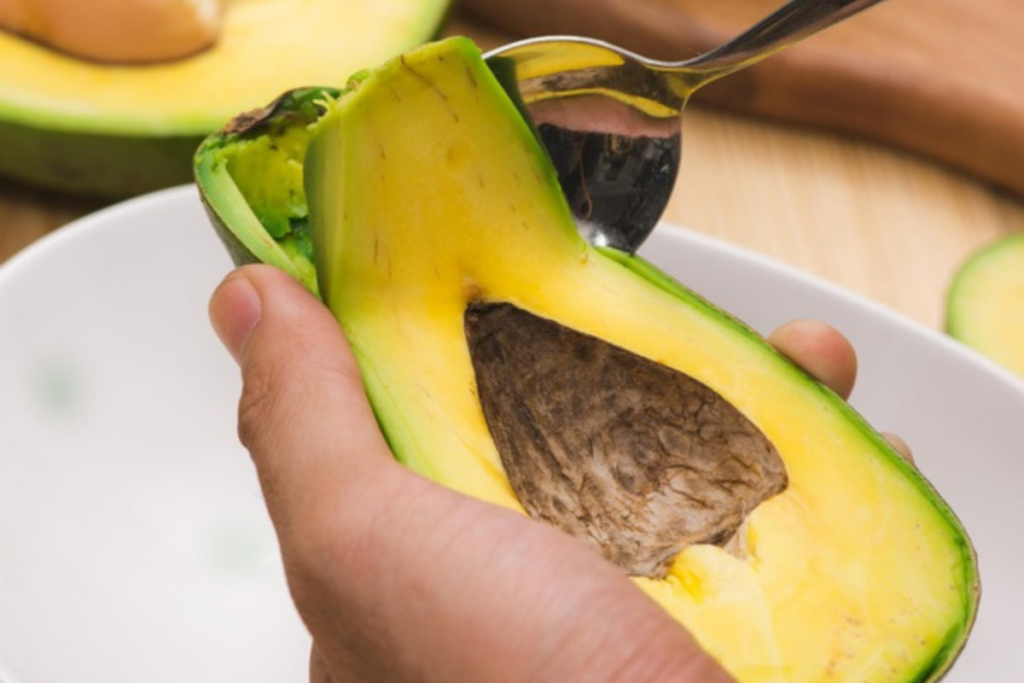Natural Antioxidant
For years now, man has been dependent on nature for his source of nutrients essential for his health.
Plants are where we get most of our foods and our medicines, relying on them almost entirely for developing our bodies to their full potential and at the same time reducing the causes of degenerative diseases.
Recently, scientists have discovered the substance responsible for many of the health benefits we’ve been receiving from plants.
Fruits and vegetables seem to contain chemical substances that act on specific, harmful molecules inside our bodies to stop them from damaging our cells.
Because these substances work on oxygen by-products called free radicals, they have since come to be known as natural antioxidants.
A natural antioxidant protects the body against free radicals. One of the many functions of natural antioxidants is to work against the formation of cellular damage caused by free radicals.
Free radicals are highly reactive chemical substances which are produced whenever our body undergoes the process of oxidation, e.g. breathing.
When free radicals are released, they immediately latch onto other molecules, stealing their electrons and in so doing, turning them into unstable molecules like themselves.
The result is a rapid chain reaction which when left unattended can lead to various degenerative diseases such as heart disease, stroke, cancer, Alzheimer’s disease, Parkinson’s disease, memory loss, etc.
Natural antioxidants are primarily derived from plants. The human body cannot produce its own supply of natural antioxidants; that is why we have to depend solely on our diet to get the amount of antioxidants our body needs.
Groups of well-known natural antioxidants include catechins, coumarins, indoles, and carotenoids. All these are complex compounds found in almost every plant.
Carotenoids are the largest group of naturally occurring antioxidants, followed closely by indoles and coumarins. Catechins are the natural antioxidants found in the Camellia sinensis plant where we get our green tea, oolong tea, and black tea.
In the carotenoid group, beta-carotene is the most common natural antioxidant. Another name for beta-carotene is vitamin A, that essential vitamin that helps prevent eye damage.
This natural antioxidant supports the immune system, might reduce the skin’s risk of sun damage and DNA damage, supports healthy cholesterol levels and increases lung capacity. Some studies show that this natural antioxidant supports a healthy heart.
Catechins on the other hand are great weight loss inducers. But more than that, the natural antioxidants they contain help promote health by boosting the immune system in order to reduce the risk of infection.
Antioxidant Rich Foods
Sometimes the best antioxidant rich foods can be the most unexpected. Blueberries may be the poster children for antioxidant rich foods but what little of us know is that the humble bean may be an antioxidant powerhouse candidate.
A new study suggests that beans may well join the antioxidant rich foods family that includes the likes of berries, spices, and potatoes.
To date, the largest and most advanced analysis of the antioxidant rich foods shows that disease-fighting antioxidants may be found in the most unlikely fruits and vegetables.
Beans, artichokes, and even Russet potato can be rich antioxidant powerhouses as well.
Researchers particularly found that small red beans are among the top antioxidant rich foods in the bean category. In fact, they were shown to contain more disease-fighting antioxidants than both wild and cultivated blueberries combined.
Blueberries have always been known to contain a rich amount of antioxidants and have been heralded in recent years of its high antioxidant content.
With this new study however, it looks as though the small red bean is snatching away the spotlight.
Other antioxidant rich foods that the study focused on include nuts and spices, such as ground cloves, cinnamon, and oregano.
What kept these foods away from the antioxidant-consuming public for long is that they are generally consumed in much smaller amounts than fruits and vegetables.
The study used updated technology to assess the antioxidant content of more than 100 foods, including fruits, vegetables, cereals, breads, nuts, and spices.
Each food was analyzed for antioxidant concentration and ranked according to antioxidant capacity per serving size.
Cranberries, blueberries, and blackberries were ranked highest among the fruits studied. Beans, artichokes, and Russet potatoes were tops among the vegetables.
In addition, pecans, walnuts, and hazelnuts were the winners in the nut category, and ground cloves, cinnamon, and oregano were the top three antioxidant rich foods in the spice category.
However, researchers noted that the total antioxidant capacity of antioxidant rich foods does not necessarily reflect their potential health benefits.
It seems that a big factor in the health benefit of antioxidants is what happens in the digestion and absorption process.
In recent years, antioxidant rich foods have been credited with helping prevent and even cure a majority of diseases which are said to have been caused primarily by harmful free radicals that attack healthy, normal cells.
By destroying these free radicals, antioxidants not only stop the free radical chain reaction but repair damaged cells as well. Antioxidants have been linked to the treatment of such disorders as cancer, heart disease, Alzheimer’s disease, and Parkinson’s disease.
Camille McClellan, MD, DNM, MBS
Naturopathic practitioner
McClellan Natural Health, Wellness & Nutrition
Free Naturopathic/Homeopathic Consults Available

